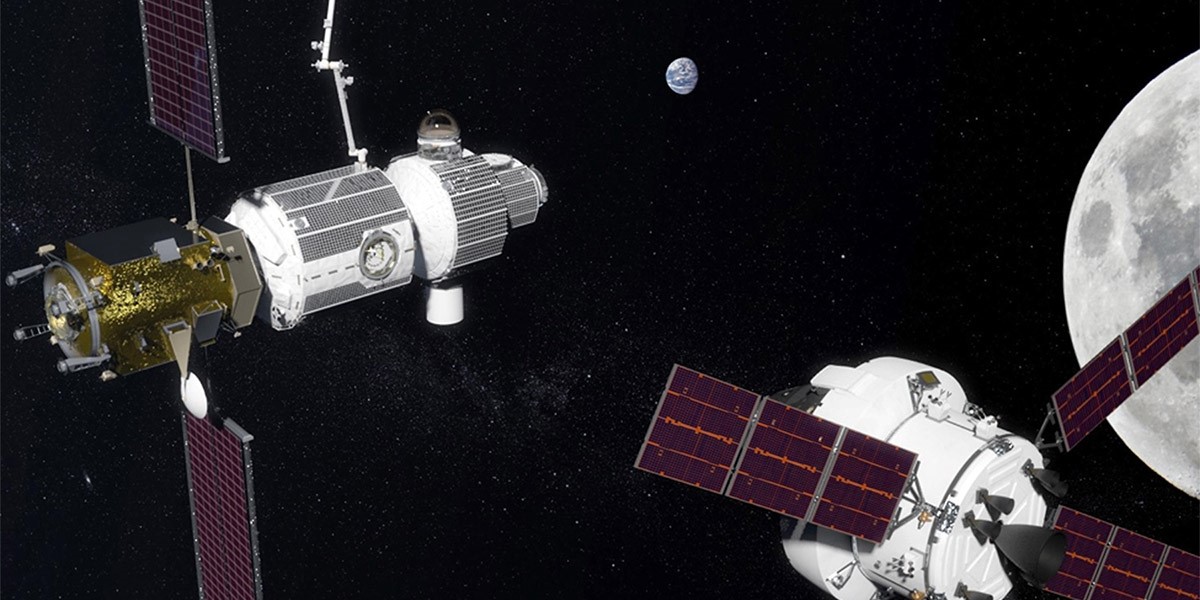On a daily basis, the news is truly distressing. A vicious Russian invasion in Ukraine, China’s growing military threat, and rampant inflation all add to doom and gloom. But looking beyond the crises of the day can reveal a near-future where rapid advances in space exploitation will provide unprecedented opportunities, a reduction in pollution, and a revolutionary advance for humanity.
NASA Official Brian Dunbar has stated that “We are at an exciting moment. What we see are several converging trends that will change how we approach space technologies, at a rate of innovation that we haven’t seen in a long time. The power of miniaturization, for example, is having a huge impact on satellites. It’s becoming easier to put more capabilities into smaller packages. Constellations of small satellites are allowing for both new capabilities as well as existing capabilities at much lower costs. The exploration of space is also becoming global. More nations are now within reach of space than ever before, while the influx of entrepreneurial capital is driving innovation and new technologies in the private sector. What excites me most about space technologies is that it’s an opportunity for us to put the best of humanity forward into the future. It enables international cooperation, courage, boldness and entrepreneurship. We are doing things for the benefit for the planet.”
The U.S. space agency foresees returning to the Moon to learn more about what it will take to support human exploration to Mars and beyond, the development of a vibrant low-Earth orbit economy that builds on the work done to date by the International Space Station. NASA engineers will develop new technologies to improve air transport at home and meet the challenges of advanced space exploration.
Writing in the Washington Post, Tom Vice, the CEO of the Sierra Space company states that “…there is a palpable sense that we have already entered the next and most profound period of innovation in human history… eusable rockets and innovative fuels are lowering launch costs, making trips to low Earth orbit (LEO) more affordable and rapidly more frequent. Space technology companies are racing to build the first commercial, on-orbit destinations to make space manufacturing a reality. Indeed, a group of companies, led by Sierra Space, is building an end-to-end business platform in LEO to accelerate the new space economy and produce breakthrough products that benefit life on Earth.”
Major think tanks are outlining what the next decades hold.
Doug Irving, writing for the Rand Corporation, “There are mining colonies on the moon and tourist resorts floating in Earth’s orbit. People play sports in space, generate power in space, even grow expensive, trendy coffee beans in space…it would not take huge technological breakthroughs to make space and space travel a much bigger part of everyday life. The cost to launch people and payloads into space…could fall to tens of dollars by 2040. [there will be a] Gold Rush of the 21st century’…development of factories in outer space—where air pollution wouldn’t be a concern.”
Part of the optimism comes from growing international cooperation. In June, officials from the United States and the European Union met to discuss cooperation on Earth observation and disaster response, global navigation satellite systems, spaceflight safety and space situational awareness, and opportunities for trans-Atlantic cooperation to ensure the security and long-term sustainability of outer space activities.
On January 13, representatives from Japan and the United States formalized an agreement for joint space ventures. leaders from the two nations signed a framework agreement that recognizes their mutual interest in peaceful exploration. The Framework Agreement between the America and Japan called for cooperation in space exploration and use of outer space, Including the moon and other celestial bodies, for peaceful purposes.
Illustration: Artist’s concept, NASA’s gateway in lunar orbit. It will consist of at least a power and propulsion element as well as habitation, logistics, and airlock capabilities. The power and propulsion element will be the first component to launch for placement near the Moon in 2022, with additional elements launching in subsequent years.
